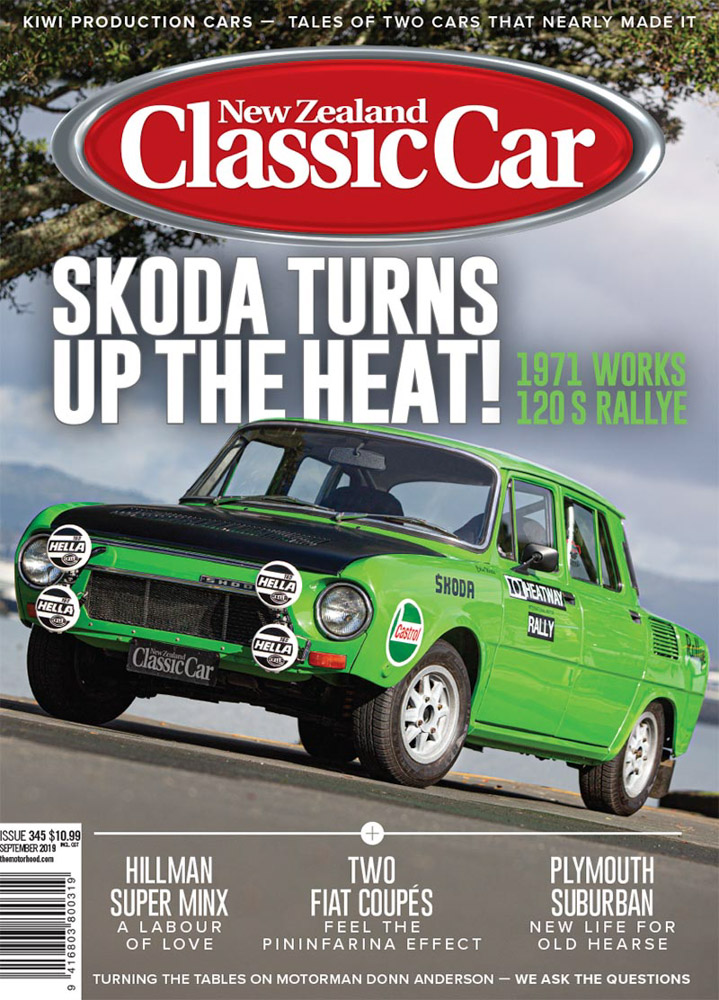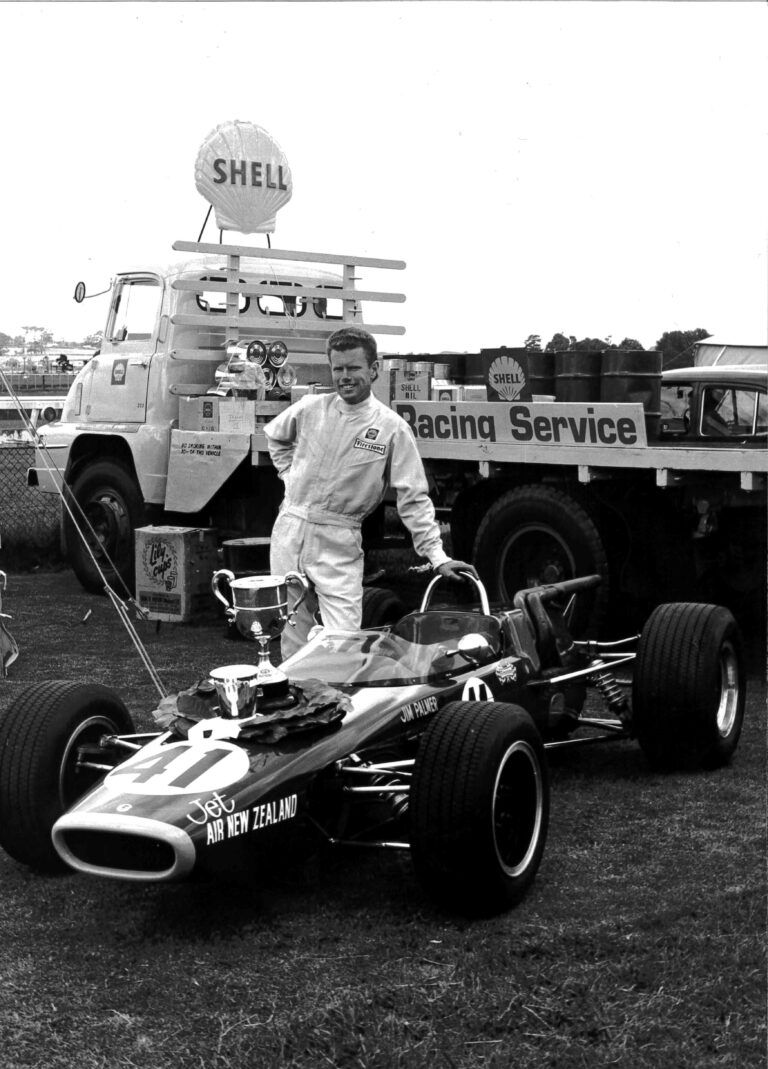
Some cars inspire so much affection that their value soars way beyond their guide price. ‘Geraldine’ is one of those priceless classics.
After Chris Steele sold his grandmother’s Hillman Super Minx, he couldn’t stop thinking about it. So, after more than a decade, he launched a mission to find it and then restore it.
Whenever he saw a Hillman Super Minx in red with a white flash, he’d be looking for the plate or other clues to see if it was Nana’s old ‘Geraldine’.

Eventually, as Hillman Super Minx sightings dropped away, Chris decided he had to try to find Geraldine. The people he had sold it to had passed it on. He discovered the registration was on hold, but it was already past the time when you could look up owners online from a car’s rego plates. Chris contacted the New Zealand Transport Authority, explaining that he wanted to buy the car back and asking to contact the current owner. He was told the authority couldn’t provide details because of the Privacy Act. Chris was quite persistent and, in the end, spoke to a senior executive, who agreed to send the owner a letter on Chris’s behalf. A few days later, the person who had owned it for the past 11 years contacted Chris.

Chris Steele’s grandmother owned the Mark IV Super Minx from 1967 through to 2000, kept it garaged every night, and kept detailed notes of everything done to the car, in tiny writing in tiny notebooks. In one of them, she recorded that she had paid 1165 pounds for it.
“If the car got rained on, it was always dried down,” says Chris.
This attention to the details is clearly in the genes. When restoring the car, Chris sourced, among many other parts, a mint-condition steering wheel. It’s still in its packaging. The one in the car bears the scars of his grandmother’s rings.
“I’ve got a near concours condition wheel but I couldn’t bear to change it,” Chris explains. “It’s a special feeling that comes from knowing that’s the same wheel they held.”

The car underwent a bare metal rebuild and the result is a triumph of passion and dedication and the full story is in September’s New Zealand Classic Car, on sale now.



